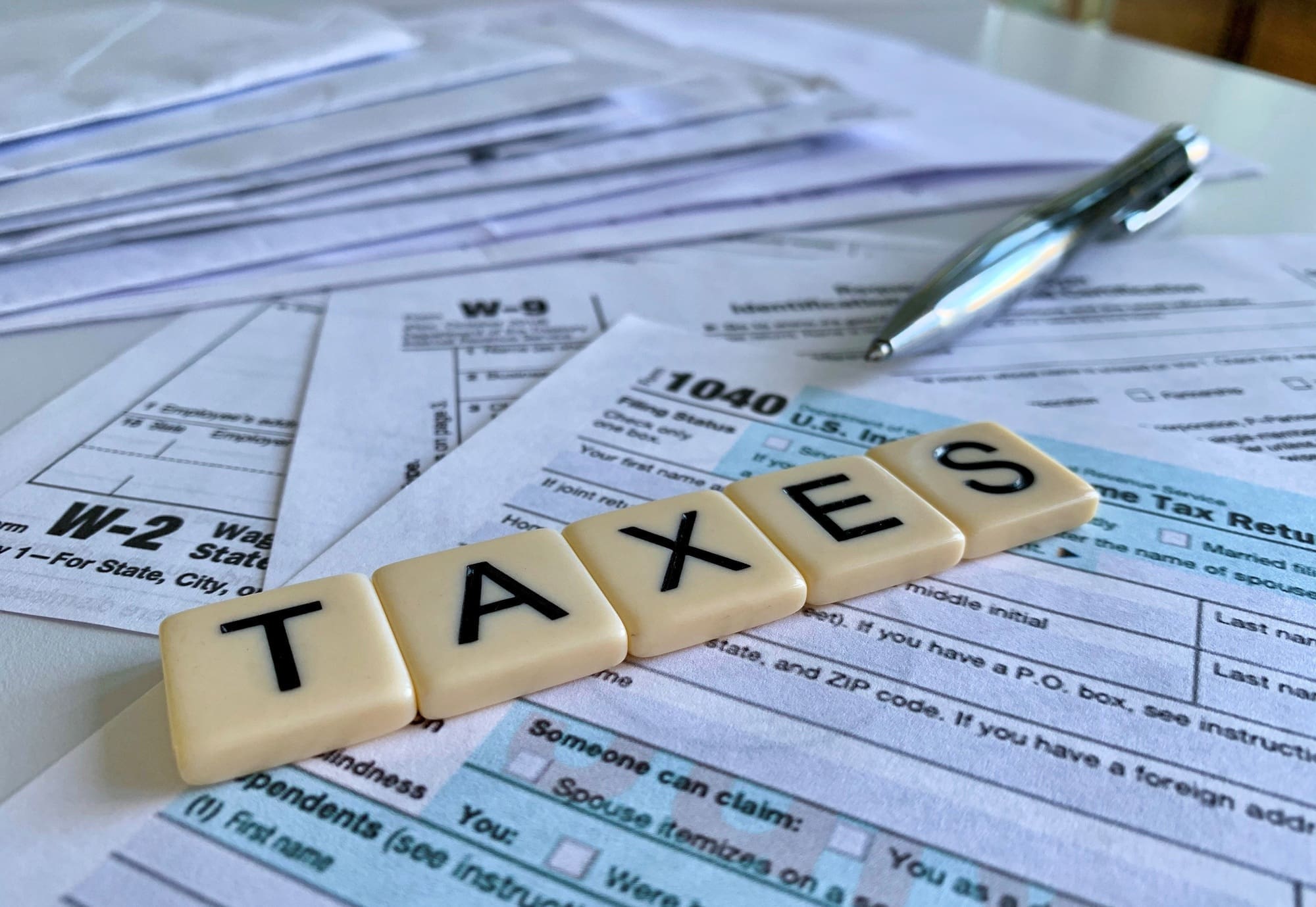THE BASICS
On 28th December 2015 HM Treasury published details of how it will apply the new stamp duty land tax surcharge on second properties. Full details may be found at – https://goo.gl/HvRUQz
The draft guidance indicates that the additional 3% charge applies where a purchaser owns more than one residential property at the end of the day of its purchase, irrespective of the intended use of the property. All contracts entered into on or after 26 November 2015, where completion takes place after 1 April 2016, will be caught, whether the buyer is UK-resident or foreign.
An exception applies to properties bought to replace the main residence, provided the original main residence has already been sold. The surcharge will be payable if the new main residence is bought before the old one has been sold but the buyer can then claim a refund if the old one is sold within 18 months of the new one being bought.
Married couples and civil partners will be treated as a single unit for this purpose, so that each couple may only own one main residence between them at any one time for the purposes of the stamp duty land tax surcharge. Property owned by either partner, or any of their minor children, will be relevant when determining whether an additional property is being purchased or not. Consequently, an individual buying a property will be liable for the surcharge if his or her spouse or child has an existing residential property.
SOME ISSUES
The definition of ‘main residence’ remains unclear. There will be no right to elect which residence is the main residence for stamp duty land tax purposes as there is for capital gains tax. HM Revenue & Customs will rather determine the position as a ‘matter of fact’, by ‘taking into account’ a group of ‘factors’ as set out in the consultation paper.
An individual who lives in rented accommodation, and buys a residential property as an investment, will apparently not have to pay the surcharge. However, the definition of ‘rented accommodation’ remains unclear and in particular whether the term is intended to include long leases.
Properties bought as furnished holiday lets will be treated in the same way as all other residential properties in that the surcharge will apply if the property is purchased as an additional property.
HM Treasury has not yet decided how to deal with common scenarios where two or more people may own or purchase property jointly. It provisionally proposes that if, at the end of the day of a transaction, any of the joint purchasers has two or more properties and it is not replacing a main residence, the surcharge will apply to the entire consideration for the transaction. However, it recognises that this may not be fair if the purchased property is a first property for one or more of the joint purchasers. HM Treasury is inviting suggestions on how to deal with this.
IMPLICATIONS FOR TRUSTS
Beneficiaries who have a life interest or interest in possession in a second property will be liable to the surcharge.
Where there is no interest in possession in the property, purchases by the trustees will be liable to the higher rates, it seems whatever the circumstances. However, the Treasury considers interests in discretionary trusts to be too remote to be counted as an interest held by the beneficiary.
Anyone growing an investment property portfolio should keep an eye on ongoing developments.


